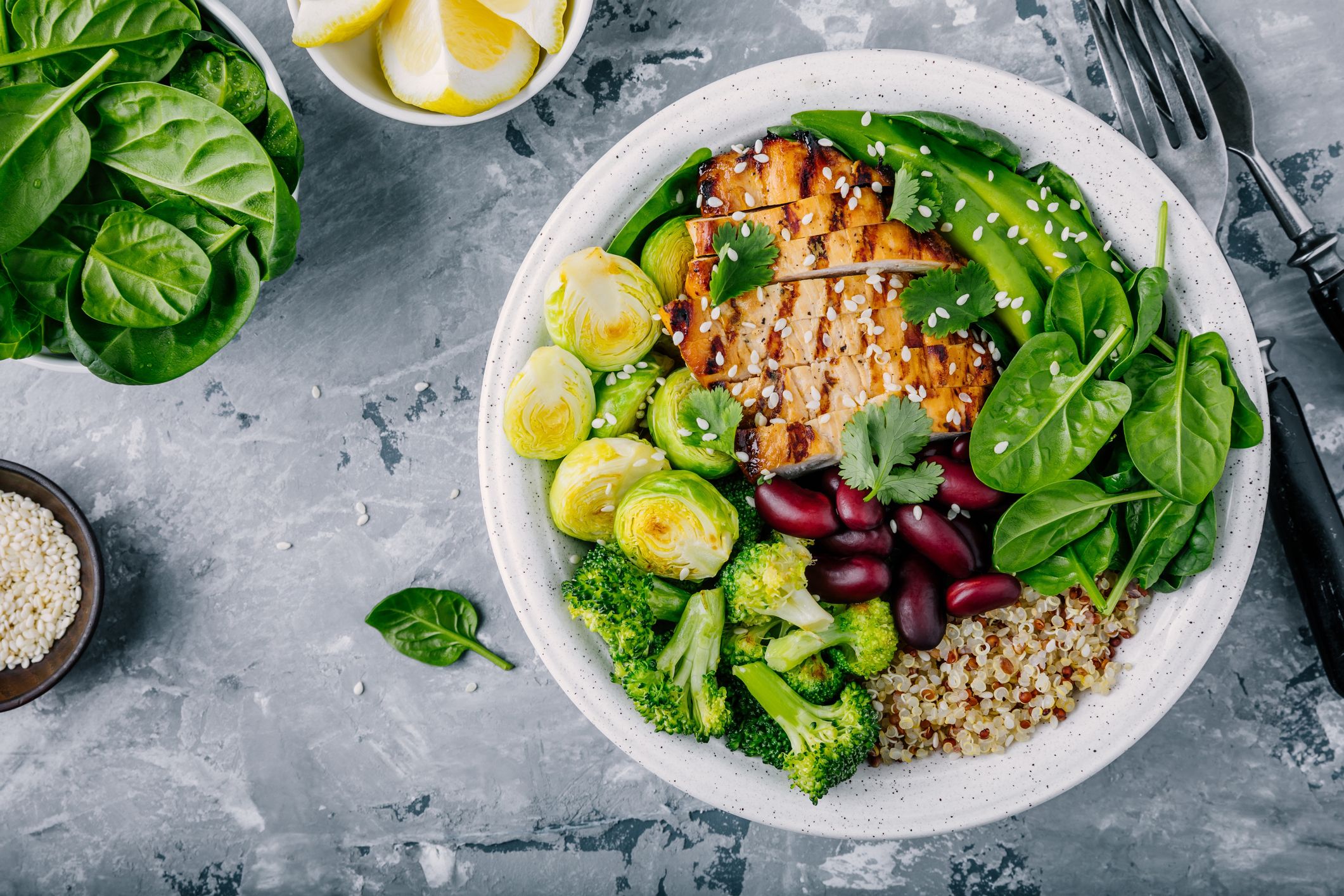The Candida diet, often referred to as the Candida dieetti, is gaining popularity as a dietary approach aimed at controlling the overgrowth of Candida yeast in the body. Candida is a type of yeast that is naturally present in the human body, but when it grows out of control, it can lead to various health issues. In this article, we will delve into the details of the Candida diet, its principles, foods to include and avoid, potential benefits, and considerations for following this diet.
Understanding Candida Overgrowth and its Impact
Candida overgrowth, known as candidiasis, occurs when there is an imbalance in the body’s microflora. This can be caused by factors such as a weakened immune system, prolonged use of antibiotics, high sugar intake, and hormonal imbalances. When Candida grows unchecked, it can lead to a range of symptoms, including fatigue, digestive issues, skin problems, and even mood disturbances.
The Candida Diet: Principles and Goals
The Candida diet aims to rebalance the body’s microflora by eliminating foods that encourage Candida growth and promoting the consumption of foods that support a healthy balance. So The Candida dieetti focuses on reducing sugar intake, as Candida yeast thrives on sugar. The diet also emphasizes eating whole, nutrient-rich foods that have anti-inflammatory properties.
Foods to Include in the Candida Diet
When following the Candida diet, it’s important to incorporate foods that have antifungal properties and can help maintain a healthy gut environment. Some foods to include in the Candida dieetti are:
- Non-Starchy Vegetables: Leafy greens, broccoli, cauliflower, and zucchini are excellent choices. These vegetables are low in sugars and can provide essential nutrients.
- Probiotic-Rich Foods: Foods like yogurt, kefir, and sauerkraut contain beneficial bacteria that support gut health and can help maintain a balanced microflora.
- Lean Proteins: Opt for lean protein sources such as chicken, turkey, fish, and tofu. These foods provide amino acids without contributing to Candida growth.
- Healthy Fats: Incorporate sources of healthy fats like avocados, olive oil, and nuts. These fats have anti-inflammatory properties and can support overall health.
- Low-Sugar Fruits: Berries like blueberries, raspberries, and strawberries are lower in sugar compared to tropical fruits and can be enjoyed in moderation.
Foods to Avoid in the Candida Diet
To effectively combat Candida overgrowth, certain foods should be avoided as they can fuel its growth. These include:
- Sugar and Sugary Foods: This includes refined sugars, sugary beverages, and desserts. Candida thrives on sugar, making its reduction a key principle of the Candida diet.
- High-Starch Foods: Foods like white bread, pasta, and white rice can break down into sugars in the body and should be minimized.
- Processed Foods: Processed foods often contain additives, preservatives, and sugars that can disrupt gut health and exacerbate Candida overgrowth.
- Alcohol: Alcohol not only contains sugar but can also suppress the immune system, making it harder for the body to combat Candida.
- Certain Dairy Products: While probiotic-rich dairy is encouraged, it’s best to avoid high-lactose dairy products as lactose can contribute to yeast growth.
Potential Benefits of the Candida Diet
Adopting the Candida dieetti may offer several potential benefits, including:
- Reduced Symptoms: Many individuals report a decrease in symptoms such as bloating, fatigue, and skin issues after following the Candida diet.
- Improved Digestion: The emphasis on whole, unprocessed foods can support digestion and reduce gut inflammation.
- Balanced Microflora: By reducing Candida overgrowth, the Candida diet aims to restore a healthy balance of gut microorganisms.
- Enhanced Immune Function: A balanced gut contributes to a stronger immune system, which can better fend off infections and illnesses.
Considerations and Precautions
Before embarking on the Candida diet, it’s important to consider the following:
- Individual Variation: The Candida dieetti might affect individuals differently. Some may experience rapid improvements, while others may need more time to see results.
- Nutrient Intake: Eliminating certain foods can potentially lead to nutrient deficiencies. Consulting a healthcare professional or registered dietitian can help ensure nutritional needs are met.
- Gradual Transition: Abruptly changing your diet can lead to discomfort. Gradually reducing sugar intake and incorporating new foods can ease the transition.
- Underlying Conditions: If you suspect Candida overgrowth, it’s important to consult a healthcare provider for proper diagnosis and treatment.
In Conclusion
The Candida diet, or Candida dieetti, is a dietary approach aimed at restoring a healthy balance of microflora in the body. By reducing sugar intake and focusing on whole, nutrient-rich foods, individuals may experience reduced symptoms and improved overall health. However, consulting a healthcare professional before making significant dietary changes is recommended to ensure the Candida diet is appropriate for individual needs and circumstances. Remember, a balanced and varied diet is key to maintaining optimal health in the long run.

